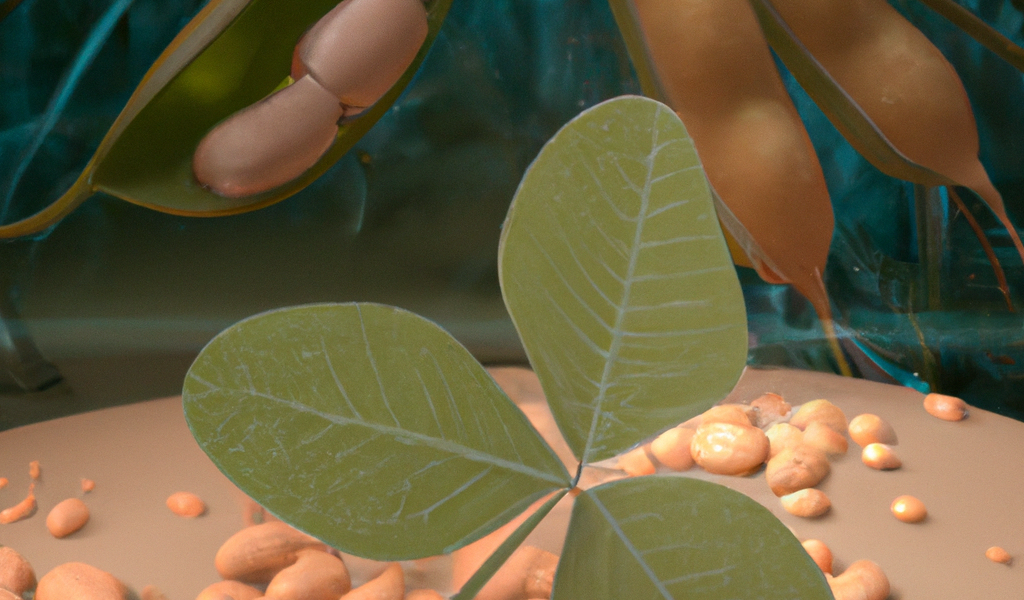
Initiating High-throughput Phenotyping and Genomic Selection for Leaf Spot Resistance in Cultivated Peanut
This proposal seeks to improve the selection of cultivated peanut breeding lines for early and late leaf spot resistance. To do this, genomic data will be developed and genome-wide associations used for validation and early generation, marker-assisted selection. In parallel, a high-throughput phenotyping platform will be used to differentiate and quantify leaf spot. This data will be combined with genomic prediction models in genetically stable family nurseries to improve leaf spot resistance and other important agronomic traits. This effort will be conducted by bridging the acuity of computer scientists and plant breeders at NC State.
Sponsor
US Dept. of Agriculture - National Institute of Food and Agriculture (USDA NIFA)
The grant—running from January 15, 2021 to January 14, 2024—is for a total of $500,000.
Principle Investigators
Jeffrey Dunne
Amanda Hulse-Kemp
Robert E Austin
James B. Holland
Michael Kudenov
More Details
Current plant breeding programs generate a disproportional amount of data in relationship to their ability to analyze and implement strategies for selection. For this reason and the lack of expertise in the area, plant breeding programs need to bridge the computational and programming acuity of computer scientists to harness the power of the data collected. Furthermore, pairing objective data collection methods in a high-throughput phenotyping approach provides consistency and efficiency, drastically improving the response to selection. This proposal aims to streamline the selection of cultivated peanut breeding lines for early (Mycosphaerella arachidicola) and late (Nothopassalora personata) leaf spot resistance through genomic data development and genome-wide associations for validation and early generation, marker-assisted selection; the development of a high-throughput phenotyping platform for leaf spot differentiation and quantification; and the use of the generated phenotypic information in parallel with genomic prediction models in genetically stable family nurseries to improve on leaf spot resistance and other agronomically important traits to the crop.

